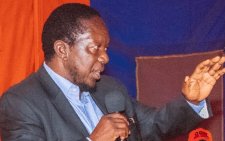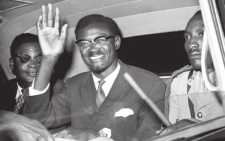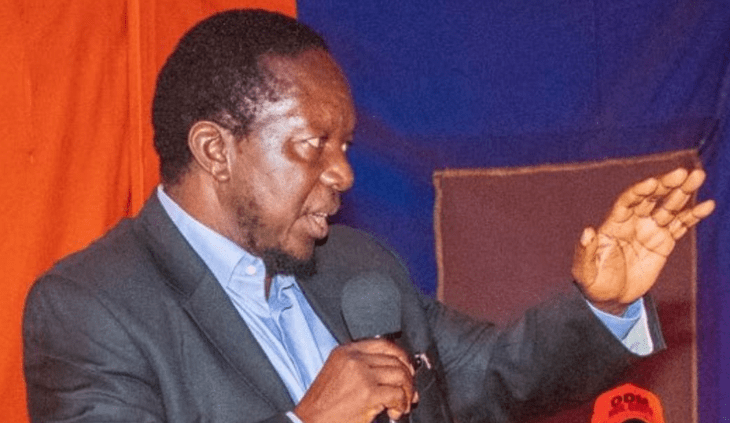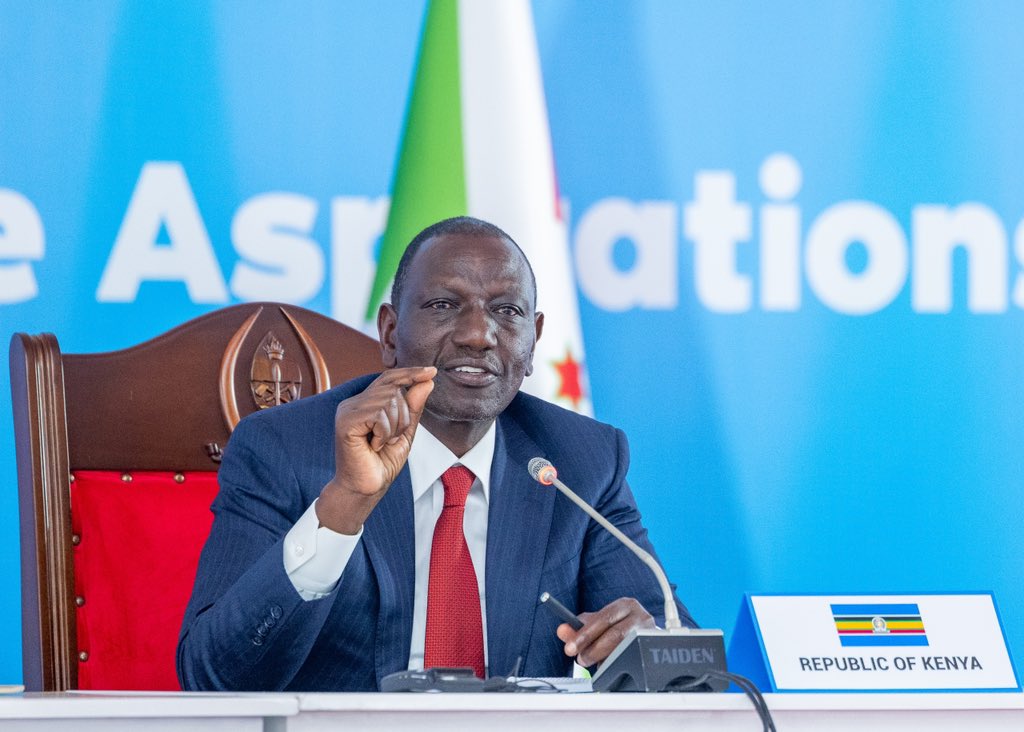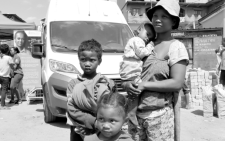Police chopper upgraded for Gachagua’s own use
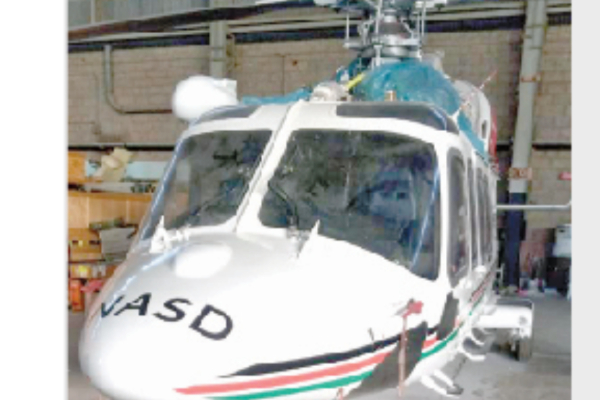
An Augusta Westland police helicopter has been reconfigured, rebranded and handed over to the Office of the Deputy President, Rigathi Gachagua.
The chopper, which was previously used for surveillance, will be for the DP’s official and non-official movements across the country. It initially had national police colours, and registration number 5Y-DIG. But it is now white, with the Kenyan flag emblazoned around it.
It is one of three Augusta Westland helicopters, and four Bell Augusta choppers, acquired in 2017 from Italy at a cost of Sh4.8 billion. The others have been grounded since December 2017 and only one is operational.
As a police helicopter, the Augusta craft had a camera capable of scanning car number plates and zooming into individuals in a crowd within a range of five kilometres.
The national Police Air Wing is grounded due to various issues, including lack of funds for operations, repair and maintenance.
Last October, the State House Chief of Staff and Head of Public Service, Felix Koskei, wrote to the Inspector General of Police requesting the handover of one of the two operational Augusta AW139 choppers to Kenya Airforce for use by the DP.
Former President Uhuru Kenyatta in December 2020 formed the National Air Support Department (NASD) to foster effectiveness in management of national aviation assets. The NASD created a fleet of 36 aircraft, manned by 273 personnel, by merging aviation resources of the National Police Air Wing, the Kenya Wildlife Service (KWS), the Kenya Electricity Transmission Company (Ketraco) and the Kenya Forest Service (KFS), among others. Most of the choppers, however, can’t operate because of lack of funds to repair them.
The current reconfiguration was done by experts from Egypt. It involved removal of the registration number and surveillance cameras, making it suitable for normal passenger use.
The helicopter had a surveillance camera with a screen monitor in the cabin.
It was linked to two ground stations based in Nairobi and Mombasa, which could receive live transmissions when the chopper was airborne.
It also had two vehicle-mounted stations, which could be taken to any conflict-hit part of the country to give commanders a real feel of the situation on the ground.
